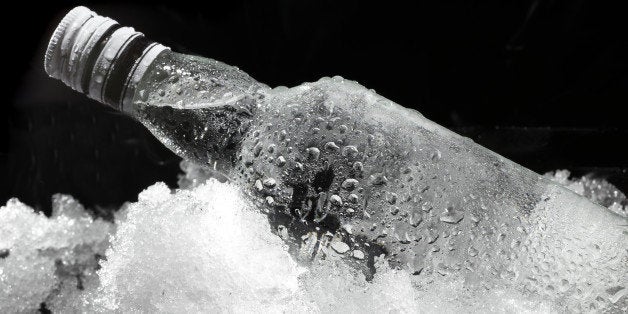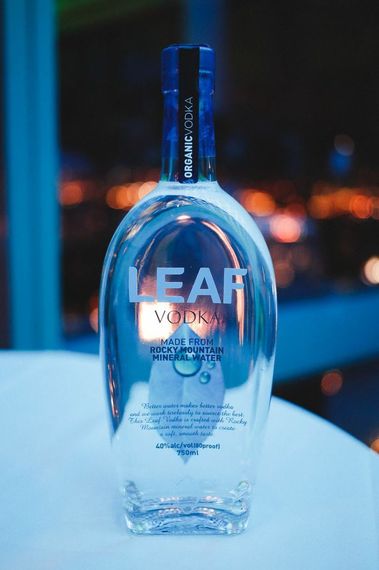
This article was written by Robert Haynes-Peterson and was originally published on AskMen.
Way back at the turn of the century, when premium vodka really became a thing, the emphasis was on smoothness and, honestly, unobtrusiveness (think Absolut in the '80s, then Belvedere, Grey Goose and Ketel One). They blended well in cocktails, had no strong flavors and were as notable for their bottle designs and status-themed price points as their drinkability. The next wave, starting in the past decade, saw vodkas emphasizing their core ingredients and a concept that vodka could boast character and flavor notes (think Tito's, Karlsson's and Purity). Now we're in something of a third wave of high-quality vodkas, it seems: vodkas that reflect the influence of specific waters and even the influence of a sense of place, or "terroir."
The concept of terroir is one borrowed from the world of fine wines. The idea is that a multitude of natural and cultural elements, from the soil, wind, water, slope, and sunlight to the personal eccentricities of the winemaker translate into the actual flavor and experience of a wine, as much as the specific grape type used. The spirits industry has recently toyed with co-opting the concept, most notably for place-specific libations like mezcal and Cognac, where legal requirements and cultural tradition dictate where and how the product is made. Del Maguey Single Village mezcals, for example, specifically explore the different cooking styles and species of agave plants used by small producers throughout eastern Mexico. As founder Ron Cooper notes, the approach allows mezcal fans to experience the "distinct character and purity from village to village."
But vodka? C'mon. It's distilled at a very high proof. By definition, in the U.S., it's supposed to be colorless and without a distinctive flavor of the base sugar/starch. And... and... it's vodka! The stuff craft cocktail bartenders scoffed at for years (it has gained renewed respect among many vested and bearded mixologists of late, as witnessed at this year's Tales of the Cocktail). We put some soda or vermouth in there, and we're done with it, right?
At least a few producers think it's worth highlighting what their location, ingredients and skills can do in a bottle. Leaf Vodka, which launched last year, focuses on its water, what marketing director Julius Criscione calls its "most distinguishing characteristic." Because vodka has to be brought down from a very high proof to drinkable levels, there's a lot of water added after distillation (like, more than half the bottle). For most vodkas, this "ingredient" is essentially local tap water that's undergone dechlorification and reverse osmosis, rendering it as generic as the stuff in the white plastic jug at the grocery store.
That's not all... click to find out more about vodka terroirs.
